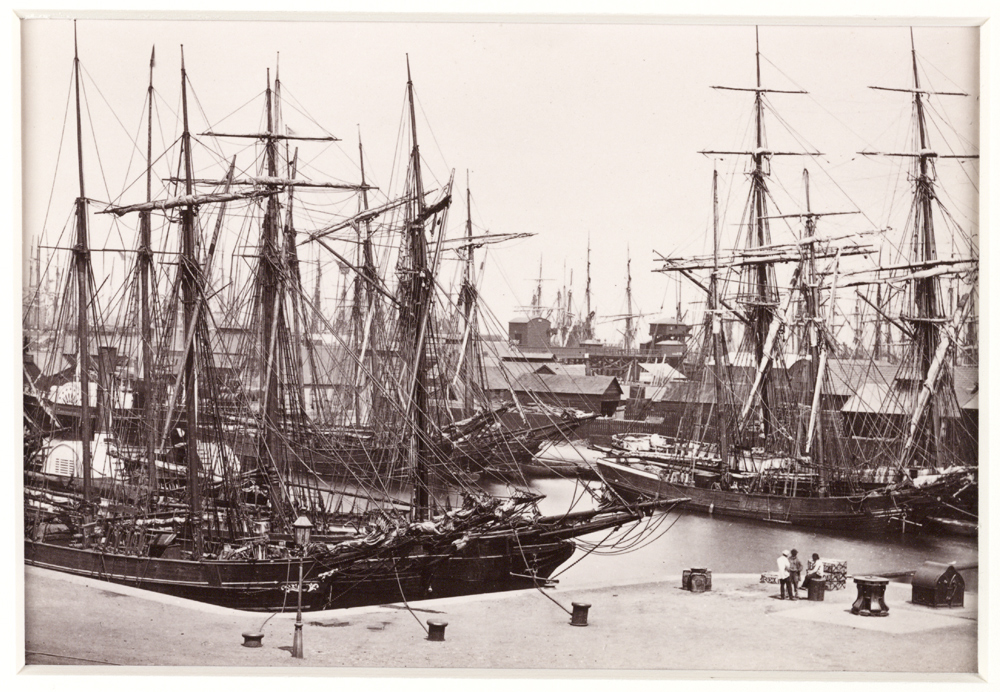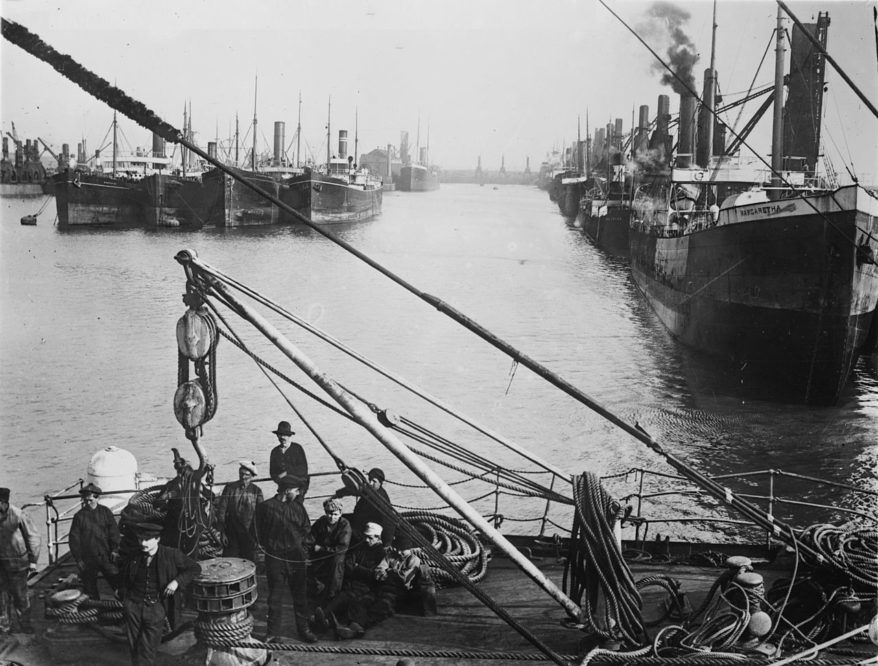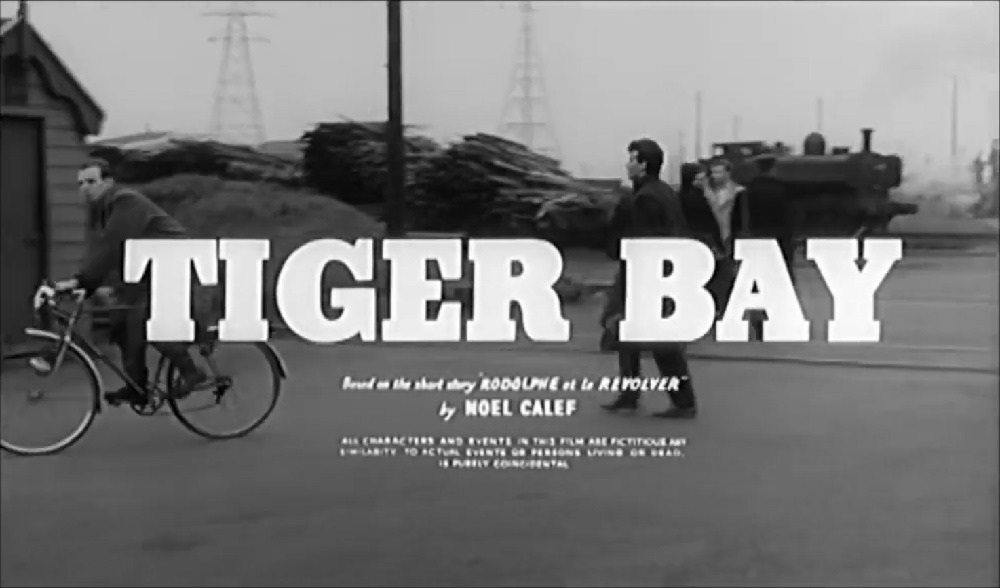Memoir: Going Back – Tiger Bay

David Lloyd
Picking up the threads of the Dusty Springfield song “Going Back” I have just returned from one of my regular visits to Cardiff and took time to go down to Cardiff Bay to continue my exploration of the theme of place, culture and identity which forms part of this memoir.
The docks have long gone, along with the huge coal trade, the bustle of the dockyards, the grate of shunting railway wagons, being loaded and unloaded, but there are still footprints from the past and enduring cultural legacies which have defined the changes that have taken place.
I was reminded of this when I saw the excellent exhibition at The Pierhead building looking at the history of the area with some wonderful photographic and archive material with a brilliant graphic which recaptures the layout of the area.
In partnership with The Heritage and Cultural Exchange (an estimable organisation run by volunteers) it boldly reminds us of the time when the area was a major port attracting people from all over the globe. How people came to live there and offers glimpses of past lives and livelihoods.
Some of the precious archive on which the exhibition is based, can be viewed online and is held at the Glamorgan Archives close to Cardiff City’s football stadium. A real labour of love has gone into cataloguing the materials drawing on the volunteers from The Heritage and Cultural Exchange and the work of archivists.

Why do I love the story of Tiger Bay and feel mixed emotions when I see the changes to the area today? I still believe the beating heart of a community lives on, even though the fabric of the place is utterly altered. It’s not easy to answer that question other than to evoke the power of place.
I can’t claim to have a close association with the area but it drew me in when I worked in Mount Stuart Square after leaving school. I took time in lunch breaks to explore the area and still have memories of what remained of the port.
My year down the bay was followed by various visits mostly to see a college friend who lived there and time spent at The Quebec listening to some of the best music, with the legendary Vic Parker often playing. He is credited for bringing jazz to Cardiff.
Thankfully some of his Quebec Hotel sessions were recorded for posterity. Music is in the lifeblood of the area reflecting the cross currents of different influences drawn from many lands.
More recently I’ve admired the work going into preserving the historical items that remind us of what was and to educate future generations about its value.
Tiger Bay
I first saw the old Tiger Bay in the famous black and white movie, with the same name, when I was at primary school. Sometimes I watch it again to try to remember what it was like. The ships, the working port, children of different cultures playing together.
Loudon Square looked so different then before bulldozers moved in and a different kind of housing design replaced it. Despite this there is a still strong community there with a voice and proud heritage.

As a child, Tiger Bay wasn’t my lived experience yet it was only a few miles from from my family’s home in Cardiff. It came up in conversations with my parents. My father played skittles somewhere in a pub down there. He loved going there and always came back with lots of stories and even won a giant Easter egg in a raffle to the chagrin of the regulars in the bar.
Years later my mother would regale me with stories of her time working in Currans during the war and seeing a different world around her. Some of the characters she talked about have turned up in a novel I’m writing set in wartime Tiger Bay but in the 50s and 60s somehow it felt cut off from the rest of the city.
Perhaps this is a myth. Its vibrancy travelled far and wide, as diverse, indeed, as some of the journeys the incoming original seafarers made before they settled, established families and called Tiger Bay their home. Through the music, the cultures, faiths and cuisines, the area enriched the city and still does.
Going back now it’s hard to recognise some of the area yet its heritage is etched on the faces and in the DNA of many of those who still live there. It’s like reading a roll call of many nationalities.
I like to believe that in a time when there’s a political class, in the UK Government, that encourages antagonism to newcomers from other lands, Tiger Bay reminds us of how the cross currents of different cultures enriched us.
When I go back searching for those buildings and landmarks of the past and my times down the old Tiger Bay I’m glad that I knew it, albeit as an onlooker.
Catch up on earlier installments of David’s memoir here.
Support our Nation today
For the price of a cup of coffee a month you can help us create an independent, not-for-profit, national news service for the people of Wales, by the people of Wales.




